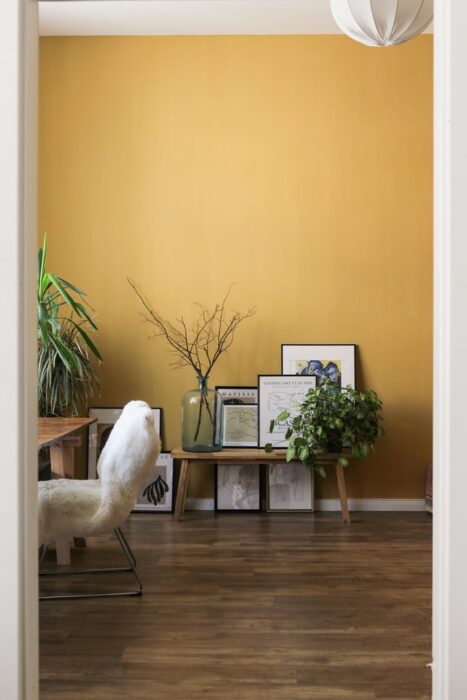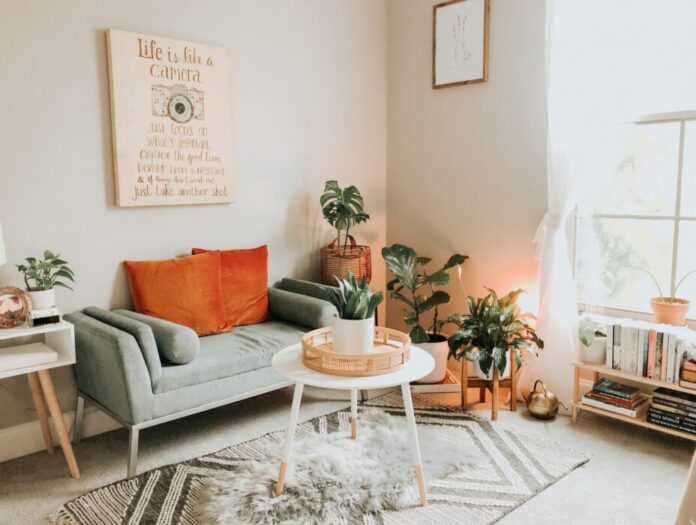You do not have to go to design school to have a strong understanding of how to decorate your home. Even professional interior designers plan and create with the essential seven basics to balance space and evoke mood in any room. This explanation of the elements of interior design can help you understand their importance and how to incorporate each in your own home.
Space
It may seem obvious, but space is the starting point for any design plan. Any empty space is considered negative space, and you should offset it with furnishings to keep your room from looking cluttered or bare. An open floor plan, which is always popular, takes advantage of space; with fewer walls, a room seems larger, when it is actually the same square footage.

Line
This element, like space, refers to where your eye goes in a room. For example, horizontal lines may refer to furniture on the ground. Vertical lines take your eye up to the ceiling, and diagonal lines cut from corner to corner, such as a staircase. Line is the reason you consider where to hang your framed wall art to move your eye above the furniture level or hang drapes.
Shape
Shape or form is all about the furnishings: art, accents, plants, or other items in a room. Pieces like tables, chairs and couches tend to have a geometric shape; plants are, obviously, a natural shape. Incorporating different shapes in a room keeps it interesting and warm.
Color
The science behind color is complicated, so let’s take it back to the basics. You have a rainbow of options available to you, and not only should you consider hue, but also value and intensity. Color can even change your perception about the size of a room, and it is essential for creating ambience.
Light
Most interior designers love a home with plenty of natural light. If your room needs a brightening boost during the day or after the sun sets, you can add it in these main ways:
- Task lighting, such as a lamp by the bed or on a desk
- Accent lighting, such as over a work of art or under a kitchen cabinet
- Ambient lighting, such as sconces or a dimmer switch on overhead cans
Pattern
Repeated shapes, lines, figures, or other elements is known as a pattern, and without it, your room could be dull and plain. A world of pattern is out there for every taste and style, so take your time to find the ones that speak to you. For example, cute flower wallpaper may be perfect for a sunny breakfast nook, while plaid bed linens may work better in a teenage boy’s bedroom.
Texture
This element is something you can both see and feel. Textures can include soft, plush throws, nubby pillows, grass wallpaper, or even a rustic wood table or elegant velvet chair.
If you keep these seven interior design elements in mind, you can elevate and polish the style of your home. Once you work within these parameters, you may get in the habit of turning to them when you look for where to buy wallpaper, new fixtures, furniture, or other accents to finish a room.


















